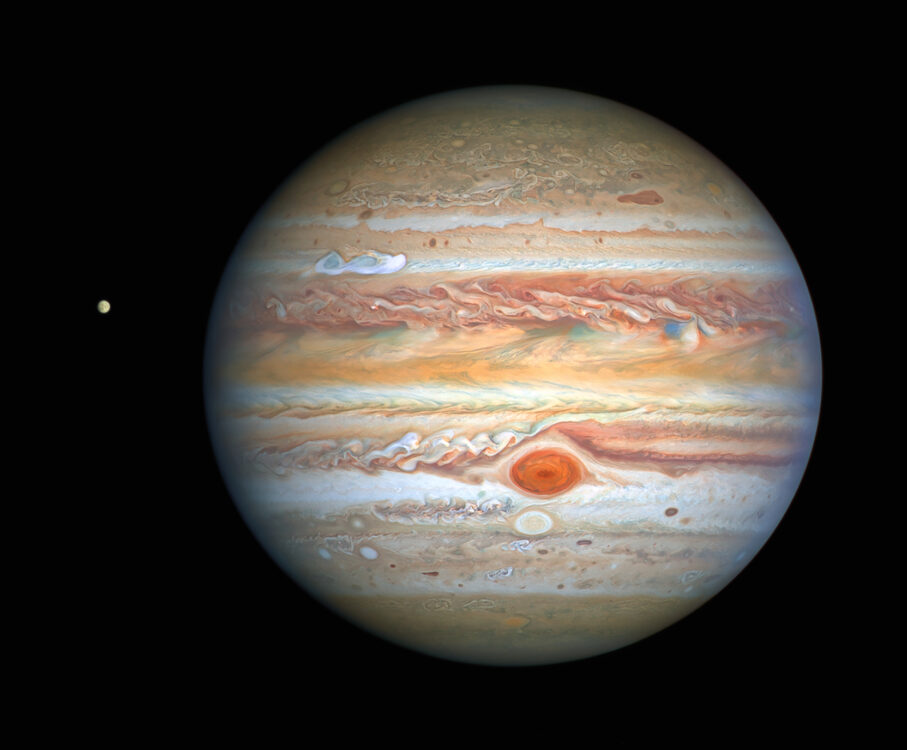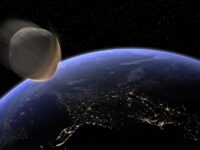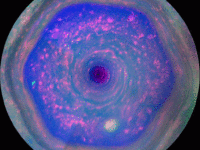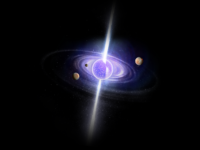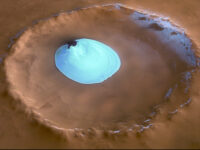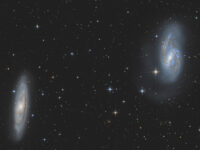With 79 moons and a magnetic field 20 times stronger than that of Earth, Jupiter is a unique planet in the context of our solar system. The gas giant is the fastest spinning and most massive of our planets, not to mention home to a virulent storm called the Great Red Spot that has captivated astronomers for over 200 years. With so many peculiarities, there is one oddity without explanation – its chemical composition.
The chemical makeup of astrophysical objects helps determine characteristics from magnetic field strength to habitability. One could imagine how the properties of certain elements would contribute to the properties of an object composed of these elements. Composition can also shed light on the object’s formation, where Jupiter’s peculiarities began.
Solar systems originate from a collection of interstellar gas and dust. As this matter congregates, slowly gaining more mass and therefore attracting more matter, it eventually collapses under its own gravity to create a star, leaving behind a small leftover portion of interstellar gas to form planets.
Planet formation is dependent on elements in this leftover matter, called a protoplanetary disk, and the distance of these elements from the star. Planets, protoplanetary disks, and stars are believed to have similar compositions since they all form from the same region of gas and dust. As distance from the star increases, abundance of specific elements and temperature change, which affects planet formation. Solids are easier for planets to accrete than gasses, and temperature changes alter the phase of elements. Knowing these conditions allows astronomers to study a solar system’s history with current observations of the system.
Planets, protoplanetary disks, and stars are believed to have similar compositions since they all form from the same region of gas and dust.
So, Jupiter’s composition is expected to be akin to that of the sun, but observations show discrepancies that skew our idea of how the planet formed. There is an unusual abundance of nitrogen, argon, and other elements that is not consistent with the distance of Jupiter from the sun. Over 4 million miles away, Jupiter would have been around a temperature of 60 Kelvin, or negative 213 degrees Celsius, where nitrogen and argon would have been in the gas phase. The ice line, or point where an element becomes solid, for these elements is closer to 30 Kelvin. It is not likely that this abundance would occur under these conditions, so astronomers are proposing special scenarios for Jupiter’s formation.
The first proposal to solve this inconsistency was entrapment of elements with low ice lines underneath water ice. Water ice has been shown to allow molecules to exist where they otherwise should not, potentially explaining how nitrogen and argon could exist in such abundance. However, this theory is unlikely because of the amount of water needed to entrap high volumes of molecules. The amount needed is far past the amount observed in the atmosphere, leading researchers to look for another solution.
There is an unusual abundance of nitrogen, argon, and other elements that is not consistent with the distance of Jupiter from the sun.
A second possibility is that Jupiter formed farther from the sun than it lays now and migrated closer with time. At the proposed distance, a temperature of 25 Kelvin, the abundance of solid nitrogen and argon agrees with what is observed in Jupiter. The problem with this approach is that theoretical studies find migration of a planetary core from that far a distance to be rare and inconsistent with our understanding of the solar system’s timeline, though it still remains a possibility.
Finally, a new premise from UC Santa Cruz suggests that Jupiter formed in its current location, but a cloud between Jupiter and the sun shrouded Jupiter from sunlight, cooling molecules past these low ice lines. This cloud is hypothesized to be a buildup of snowballs at water’s ice line, casting a cold enough shadow to reach 30 Kelvin. This too would generate high levels of nitrogen and argon without the complication of a migrating Jupiter.
In order to test these theories, UC Santa Cruz scientists are turning to Saturn. In the novel theory, effects of water dust clouds are not suspected to reach Saturn; the migration theory, however, suggests that Saturn also formed farther from the sun than its current location due to shared properties and a birthday close to Jupiter’s. Therefore, if Saturn presents similar compositional anomalies, migration theory is likely. If not, this may be evidence that a dust cloud shielded only Jupiter. While the Galileo probe gathered this detailed composition data for Jupiter, a comprehensive study has not been conducted for Saturn. With a mission to Saturn to study chemical composition, scientists will further illuminate the story of planet formation and the peculiarities of Jupiter.
The Astrophysical Journal (2009). DOI: 10.1088/0004-637X/696/2/1348
The Astrophysical Journal (2019). DOI: 10.3847/1538-3881/ab46a8
Astronomy & Astrophysics (2019). DOI: 10.1051/0004-6361/201935007
Astronomy & Astrophysics (2021). DOI: 10.1051/0004-6361/202141169
